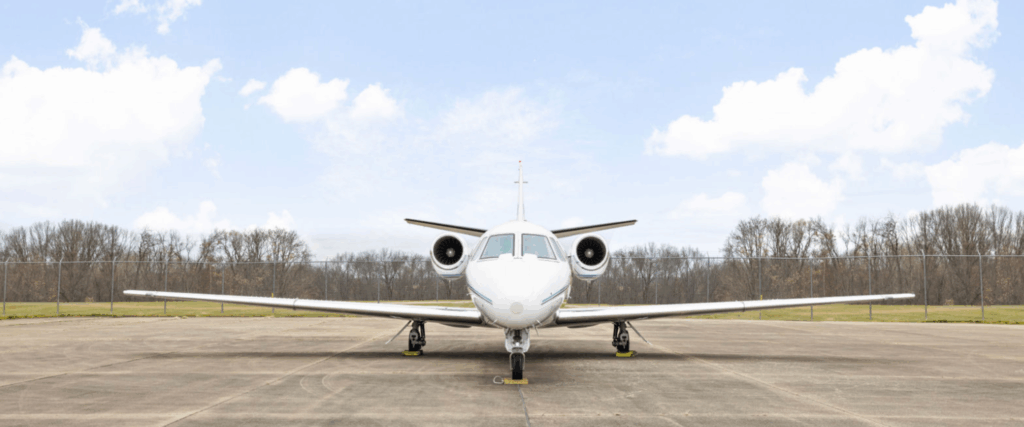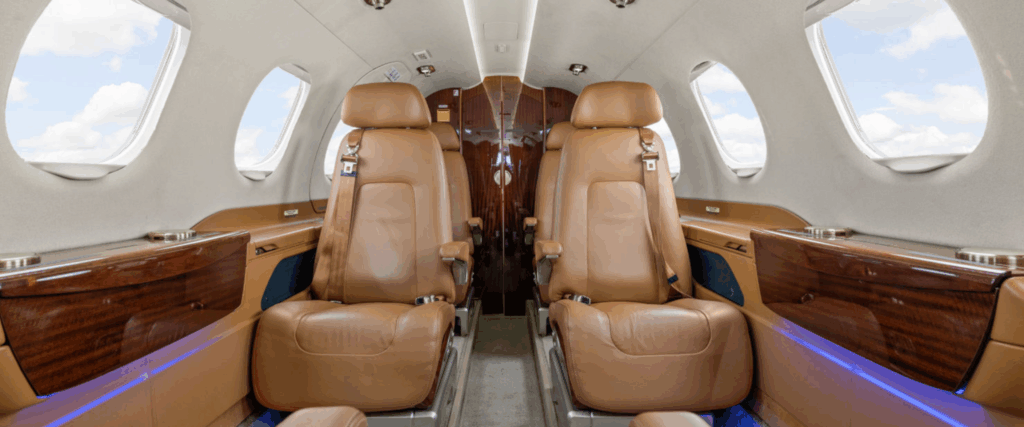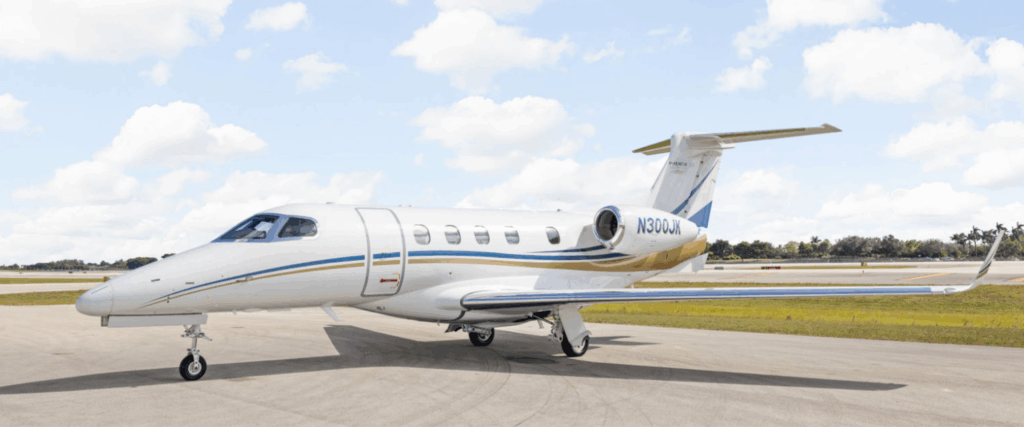Buying a pre-owned business aircraft can be one of the most rewarding investments you make — if you do it right. Immediate availability, lower acquisition cost, and proven platforms make the pre-owned market attractive. But without rigorous due diligence, what looks like a great deal can quickly turn into a financial burden. The difference between a smooth transaction and a costly mistake is a disciplined approach. That’s where a checklist comes in. Think of it as your playbook — a framework that ensures every critical item is examined before you sign.

THE PLAYBOOK: WHAT TO CHECK BEFORE YOU BUY
- LOGBOOKS AND RECORDS
These documents are the DNA of the aircraft. Review them for continuity and completeness. Missing entries, gaps, or inconsistencies can reduce the value of the aircraft and raise red flags with future buyers. It’s not just about maintenance history — it’s about proving the pedigree of the aircraft from day one.
2. MAINTENANCE PROGRAMS
Is the aircraft enrolled in engine, APU, or avionics programs? A aircraft on a program is easier to sell and commands higher resale value. Programs provide predictability, spreading out maintenance costs and reducing the risk of unexpected million-dollar expenses. An off-program aircraft might look cheaper on paper, but often costs more in the long run.
3. DAMAGE HISTORY
Accidents or repairs aren’t always deal breakers, but you need to know exactly what happened, how repairs were made, and whether they were completed at an authorized facility. Quality repairs can maintain value; undisclosed damage history can erode it overnight.
4. REGULATORY COMPLIANCE
Make sure the aircraft meets all FAA and international mandates, including ADS-B Out, RVSM, and TCAS II, change 7.1. If not, the cost of upgrades can be significant. Compliance is non-negotiable if you plan to fly internationally or resell down the line.

5. INTERIOR AND CABIN SYSTEMS
Cabin technology evolves fast. Buyers today expect Wi-Fi, intuitive cabin management systems, and refreshed interiors. A aircraft without these upgrades can still be a bargain, but budget for modernization. Connectivity, in particular, has shifted from a luxury to a necessity.
6. AIRWORTHINESS DIRECTIVES AND SERVICE BULLETINS
Confirm that the aircraft complies with all applicable ADs and SBs. Outstanding directives can delay closing and potentially ground the aircraft. Knowing where the aircraft stands in its inspection cycles avoids surprises later.
7. TITLE AND LIEN SEARCH
This step is often overlooked but is essential. Work with a trusted escrow agent to ensure there are no outstanding liens or ownership disputes. A clean title protects your investment and ensures smooth resale later.
8. OPERATIONAL HISTORY
How was the aircraft flown? Was it part of a Part 135 charter fleet, or operated privately under Part 91? Was it based in the U.S. or overseas? Aircraft that spent their lives in harsh environments or under heavy utilization need closer scrutiny.

WHY A CHECKLIST MATTERS
Aircraft transactions involve layers of complexity. Without a checklist, it’s easy to miss key details that could cost hundreds of thousands — or even millions — after closing. A structured approach doesn’t just protect your investment; it sets you up for smoother operations and stronger resale value in the future.
At Holstein Aviation, we treat the checklist as more than a formality — it’s part of our DNA. Our IADA-certified professionals apply a rigorous due diligence process to every acquisition, coordinating technical experts, legal counsel, and escrow services to ensure nothing is missed. The result? Confidence at closing and peace of mind in ownership. When you work with Holstein Aviation, you don’t just buy an aircraft — you buy certainty.